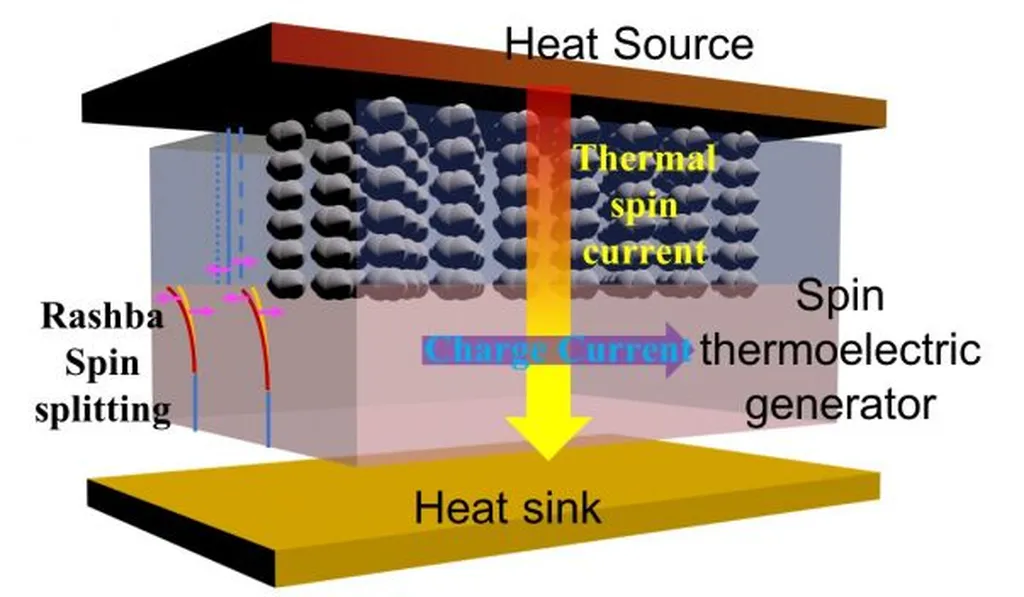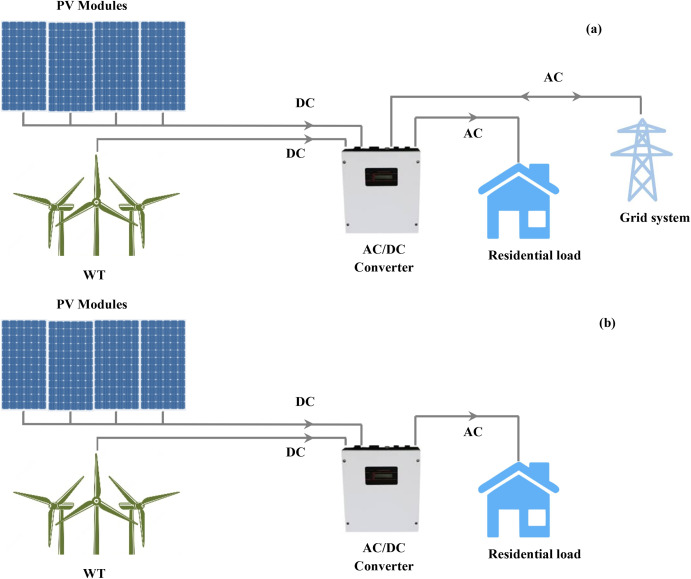In the quest for more efficient energy solutions, researchers are continually pushing the boundaries of materials science. A recent study published in Materials Research Express, has shed new light on optimizing thermoelectric materials, which could revolutionize how we convert waste heat into useful electricity. The research, led by G Poojitha from the Department of Physics at the Manipal Institute of Technology, focuses on enhancing the thermoelectric properties of n-type Bi1.8Sb0.2Te3 alloys through isovalent Y doping.
Thermoelectric materials have long been a subject of interest due to their ability to convert thermal energy directly into electrical energy. This process is particularly appealing for industries that generate significant amounts of waste heat, such as power plants, automotive manufacturers, and industrial furnaces. By improving the efficiency of thermoelectric materials, these industries could potentially recover a substantial portion of the energy that is currently lost as heat, thereby reducing their carbon footprint and operational costs.
Poojitha and her team explored the thermoelectric properties of Y-doped Bi1.8−xYxSb0.2Te3 at various doping levels (x = 0.04, 0.08, 0.12) prepared using the solid-state reaction method. The results were promising, with the doped samples exhibiting a significant reduction in thermal conductivity. This reduction is attributed to enhanced phonon scattering caused by point defects introduced by the Y doping. “The key to improving thermoelectric performance lies in managing the balance between electrical conductivity and thermal conductivity,” Poojitha explained. “Our findings indicate that isovalent Y doping effectively disrupts the phonon transport without significantly affecting the electrical properties, leading to a higher figure of merit.”
The figure of merit, often denoted as ZT, is a critical parameter in thermoelectric materials as it quantifies the efficiency of the material in converting heat to electricity. The study reported a 40% increase in ZT compared to the pristine sample, with the highest value of 0.17 at 310 K for the x = 0.12 sample. This improvement suggests that Y-doped Bi1.8Sb0.2Te3 alloys could be a viable candidate for practical thermoelectric applications.
The implications of this research are far-reaching. As industries strive to become more energy-efficient and sustainable, the development of high-performance thermoelectric materials becomes increasingly important. The ability to convert waste heat into electricity could lead to significant energy savings and reduced greenhouse gas emissions. Moreover, the findings could pave the way for new materials and doping strategies, further advancing the field of thermoelectrics.
“Our work is just the beginning,” Poojitha noted. “We are excited about the potential of Y doping and other isovalent doping strategies to optimize thermoelectric transport in various materials. The future of thermoelectric energy conversion looks bright, and we are eager to contribute to its development.”
As the energy sector continues to evolve, innovations in materials science will play a pivotal role in shaping a more sustainable future. The research published in Materials Research Express, which translates to “Materials Research Express” in English, offers a glimpse into the possibilities that lie ahead. By optimizing thermoelectric transport in n-type Bi1.8Sb0.2Te3 alloys, Poojitha and her team have taken a significant step towards harnessing the power of waste heat, potentially transforming the way we think about energy efficiency and sustainability.




